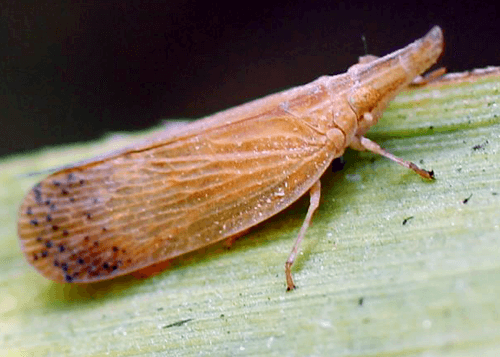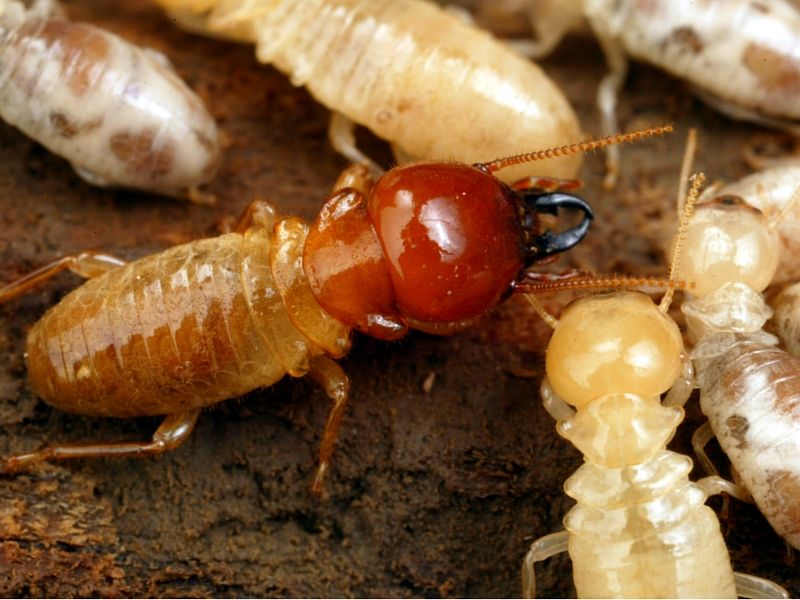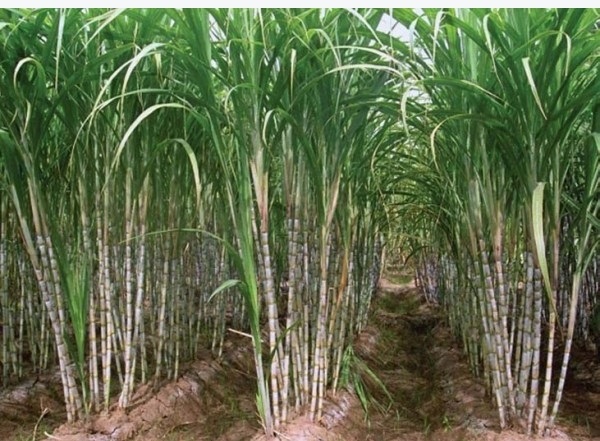- Make a pit of 5 X 5 feet and 4 inches deep in a sugarcane field and put polythene in it.
- Fill this pot with water and add half a liter of kerosene or 10-15 ml of malathion.
- Hang a light blob just above the pit. Pyrillas and other insects will be attracted by light traps and will fall into the pit and die.
- Keep the light on (Blub) from 8 to 10 pm, after which the activity of these pests decreases.
- It can also be controlled by spraying 80 g imidacloprid 17.8 SL or 80 ml thiamethoxam mixed with 200 liters of water at the rate of 25 WG per acre.
- The parasites of the perilla insect lay 4-5 lakh eggs of Epirnicia melonoleuca on the infested crop. In the sufficient presence of this parasitic insect, the perilla insect is self-contained.
Prevention of termite in sugarcane
- In areas where there is a lot of termite problem, this pest causes a huge loss in sugarcane.
- Termites can be confirmed by looking at the living termites and their built tunnel in the roots and lower stem of the affected plant.
- In summer, deep plowing in the soil to destroy termites and always use good rotten manure (FYM).
- 1 kg Beauveria bassiana should be mixed with 25 kg FYM before sowing.
- Use Chlorpyriphos 20 EC with irrigation @ 2.47 liters per hectare.
Spring is the right time to plant sugarcane, it will be very profitable
- It can be cultivated in loamy loam, loam, and heavy soil.
- Deep plowing should be done.
- Remove the remains of the previous crop from the field.
- After plowing, add organic manure to the soil.
- The first deep plowing soil should be from a plow.
- After this, plow with a plow and cultivator 2 to 3 times.
- Now make the soil brittle and the field flat by running the Pata.
Share
Management of mealybug in sugarcane crop
- Drain excess water
- Use resistant varieties: CO 439, CO 443, CO 720, CO 730 and CO 7704
- Spray THiamethoxam 25 % WP @1 00 gram 500 gram/acre.
- Spray thiamethoxam 12.6% + lambda Cyhalothrin 9.5% ZC @ + beauveria bassiana 500 gram/acre.
Identification of mealybug in sugarcane crop
- The mealybugs are pinkish with a white waxy covering and hundreds are found attached to the lower nodes of sugarcane under the leaf sheaths.
- Sooty mold develops on the honeydew giving a blackish appearance on canes.
- Severe attack results in stunted growth, yellowing of leaves, deposition of sticky honeydew, and development of sooty mould which lead to poor juice quality.





